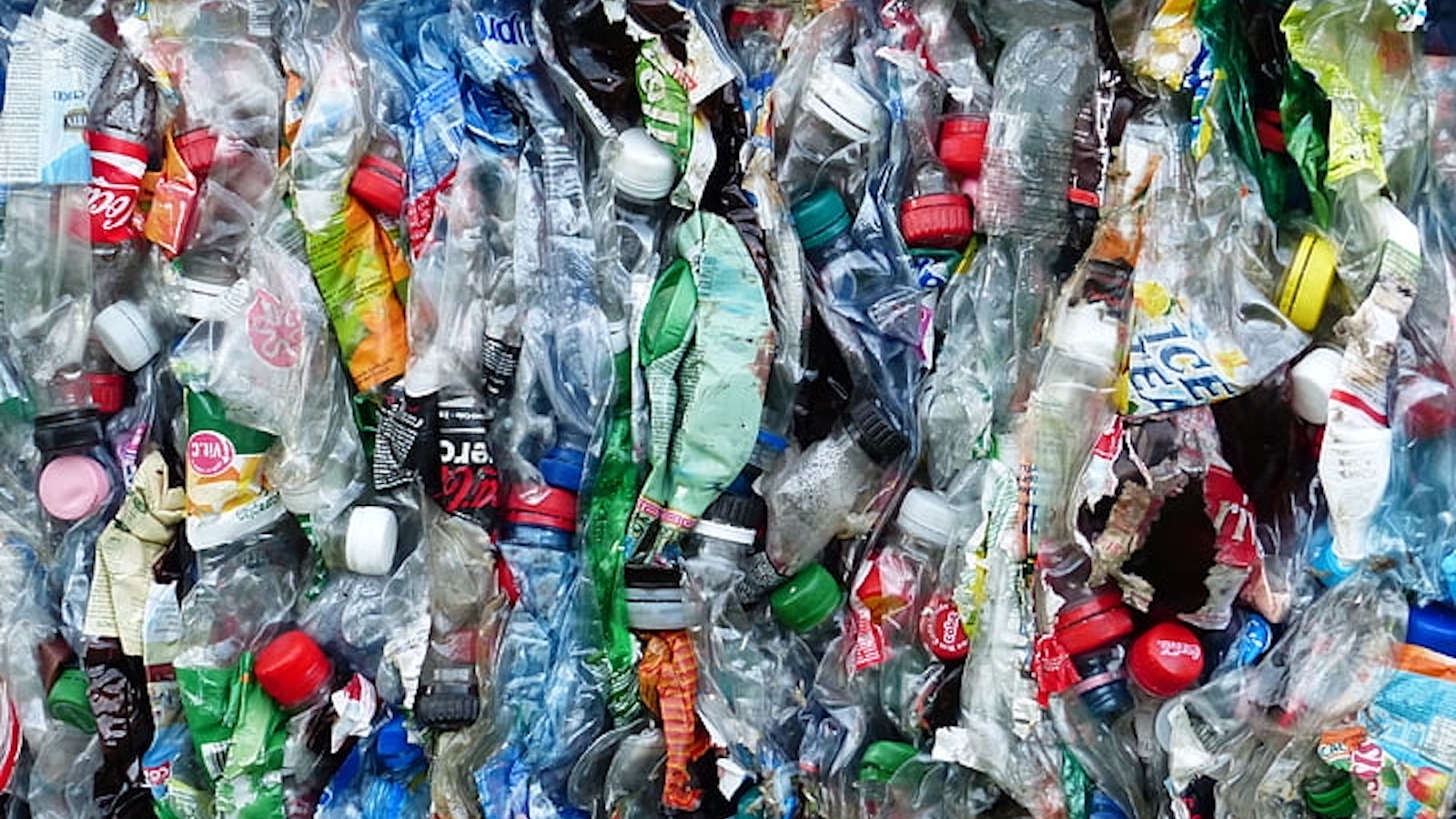
Can we fix plastic recycling?
Plastic producers have promoted recycling as the solution for plastic waste. But it’s not working. So, what should we do?
America's plastic problem has gotten way out of hand.
Most of us diligently recycle, take reusable bags with us when we shop, and look for new ways to stop using so much single use plastic “stuff”. Our individual actions are necessary, but won’t be enough. The good news is that the momentum to move beyond plastic is growing. More states, communities and businesses are getting rid of plastic bags, foam containers and other plastic “stuff” we can live without.
Plastic producers have promoted recycling as the solution for plastic waste. But it’s not working. So, what should we do?
Report ●
Increasing compost can quickly and efficiently decrease methane emissions in landfills and restore soil health.
Today, I can see that sustainable fashion holds immense power. It's a transformative force that holds the key to transitioning towards a regenerative world, where social, environmental, and climate justice are not just aspirations but reality.Claudia Castanheira, Socioenvironmental Communicator, Writer, and Independent Researcher for Fashion Revolution Brazil & Belgium
Sustainable fashion for me is non-negotiable respect for the planet we call home and all those who live there. I want to be a sustainable fashion designer because I believe it is possible. I believe in innovative minds and collaboration across the global community to help reframe how we create, relate, and retire products. To me, the journey towards sustainable fashion involves a deeper transformation beyond fashion but also that of humanity.Frances Brunner, Kentucky, Fashion Design student at Kent State University, Finalist of the Redress Design Award 2023
Students are often unable to access affordable, easily accessible, and sustainable fashion choices — this is unacceptable! Students shouldn’t be forced to choose between housing, hunger, or adequate clothing that is good for our environment.Alex Aghdaei, Student at the University of Oregon
My philosophy is straightforward: we must recalibrate our perception of clothing costs. Quality garments, ethically made, should be the norm, not the exception. This means buying less but choosing well, embracing secondhand fashion, repairing existing clothes, and supporting innovative brands.Katya Moorman, Co-founder and Editor of No Kill Magazine, Professor of graduate communication design at Pratt Institute
Right now the [fashion] industry does not seem to reflect the world we live in, and doesn't create space for diverse people to tell their own stories. Ultimately, I envision a fashion industry that prioritizes diverse people and the planet while fostering creativity and beauty.Samata Pattinson, CEO of BLACK PEARL, California
What do the world’s largest hotel chain, an entertainment giant and a big box retailer all have in common? Each recently committed to reducing single-use plastic after signing agreements with Green Century.
A wave of new retail businesses are eliminating single-use plastic packaging entirely, showing us what a future with dramatically less plastic could look like.
New ‘producer responsibility’ program to keep hundreds of thousands of tons of valuable materials out of landfill
Tiny plastic pellets, called “nurdles,” are being dumped into our waterways. A new bill could make this microplastic pollution illegal.
Most of Amazon’s plastic packaging isn’t being recycled, and some might end up as material for plastic decking instead.
Executive Vice President; President, PIRG
Managing Director, Frontier Group; Senior Vice President, The Public Interest Network
Executive Director, CoPIRG
Executive Director, MASSPIRG
Director of Media Relations, The Public Interest Network
